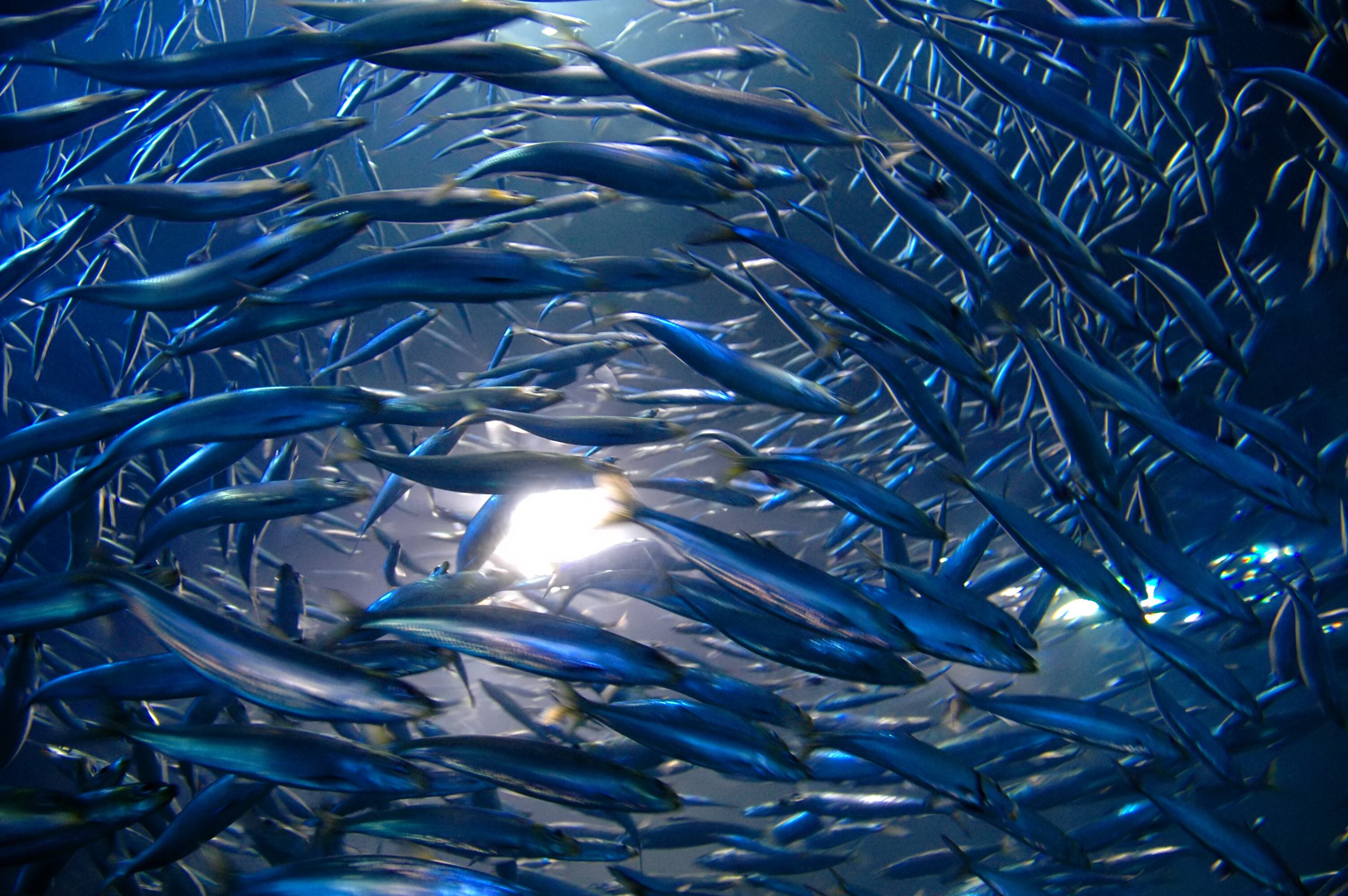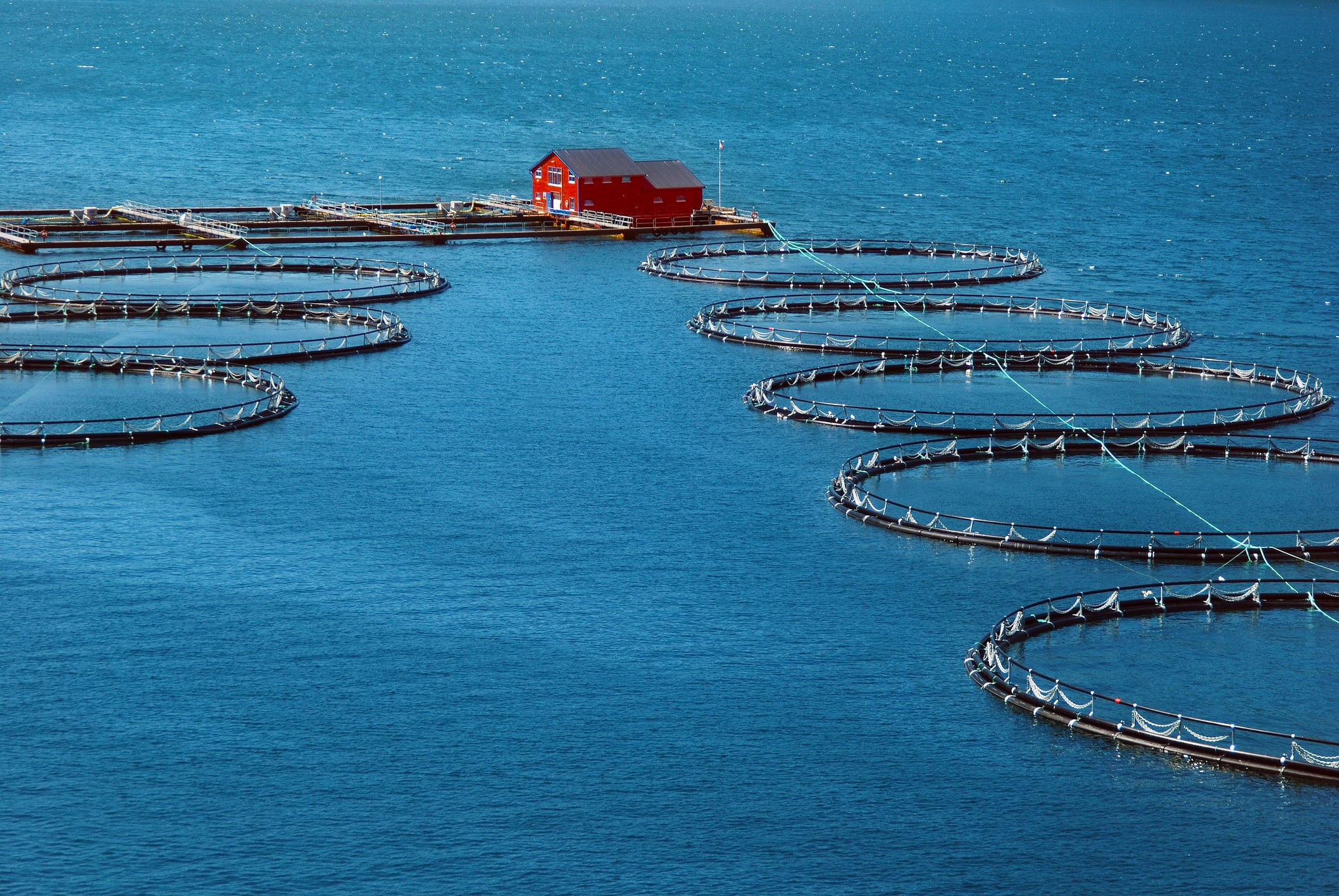A high-level delegation from the Chinese Academy of Fishery Scientists (CAFS) has visited the University of Stirling’s new National Aquaculture Technology and Innovation Hub (NATIH) to explore research collaboration opportunities in aquaculture – at a time when China’s global dominance in the sector continues to accelerate.
The visit focused on how Stirling’s cutting-edge facilities could help inform best practices in China, which now accounts for nearly two-thirds of global aquaculture production. The NATIH, a £21 million development, offers unique capabilities to replicate freshwater environments from around the world, enabling advanced research into climate resilience, disease management, and sustainable production.
Shared scientific goals in a rapidly expanding sector
Aquaculture is one of the world’s fastest growing industries, with a global growth rate of 8%. In China, total aquaculture production has seen consistent growth, with China accounting for almost two thirds of global aquaculture production. But this growth rate presents challenges for aquaculture producers, in a context of climate change, disease management, and changing consumer expectations.
Professor Trevor Telfer, acting head of the Institute of Aquaculture at the University of Stirling, said the visit was a “valuable opportunity” to align research efforts with China’s fast-growing aquaculture industry.
“China is a major player in the global aquaculture industry, and its growth trajectory is set to continue,” Telfer said. “By working collaboratively to fully utilise the combined strengths of our knowledge and facilities, we can play a critical role in ensuring that the sector is informed by the latest research and development.”
Professor Yu Shuzhou of CAFS echoed the sentiment, stating that both sides “share extensive common interests” and that collaboration could lead to “mutually beneficial outcomes in both research and innovation.”

Security scrutiny over collaboration with state-linked institutions
However, the visit comes amid heightened concerns over China’s role in UK national security. British intelligence agencies, including MI5, have warned that Chinese state operatives pose a significant threat to economic and technological security, citing large-scale espionage, cyber intrusions, and covert influence operations.
Despite CAFS being a scientific arm of China’s Ministry of Agriculture and Rural Affairs, the University of Stirling said it had no concerns about data sharing or technology transfer.
A university spokesperson told AgTechNavigator: “The University carries out innovative, solutions-driven research to address complex global challenges and deliver positive impact to communities across the world. This work is strengthened through partnership and engagement with other research institutions at home and abroad.
“In line with good practice in the sector, the University has processes and regulations in place to manage engagement and collaboration with external organisations, domestically and internationally, for a range of activity, including research.”
UK government investment and regional impact
The NATIH is part of a broader £214 million Stirling and Clackmannanshire City Region Deal, which includes £17 million in UK Government funding, a £1 million Wolfson Foundation grant, and £3 million from the University of Stirling. The facility is expected to drive innovation and inclusive economic growth across the region over the next decade.
Telfer added: “The visit was a valuable opportunity to explore shared areas of interest, and to highlight how the NATIH can help to support this thriving global marketplace.”





